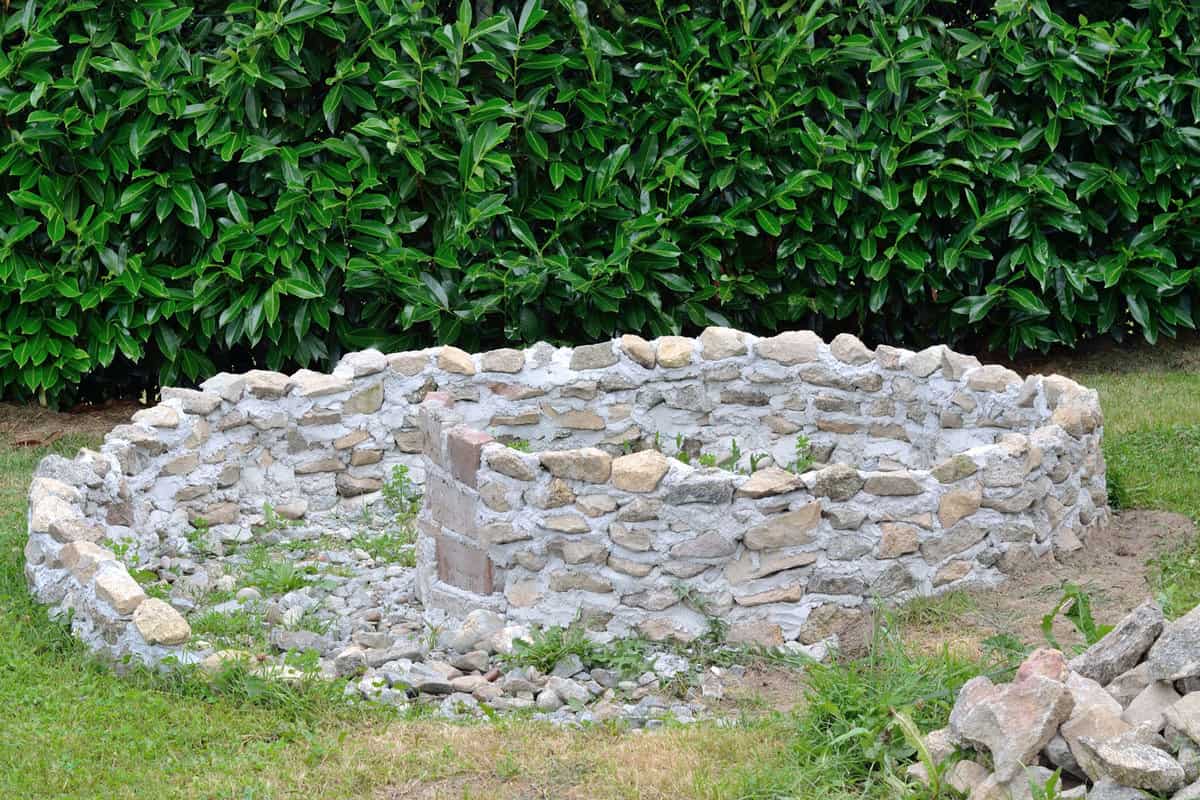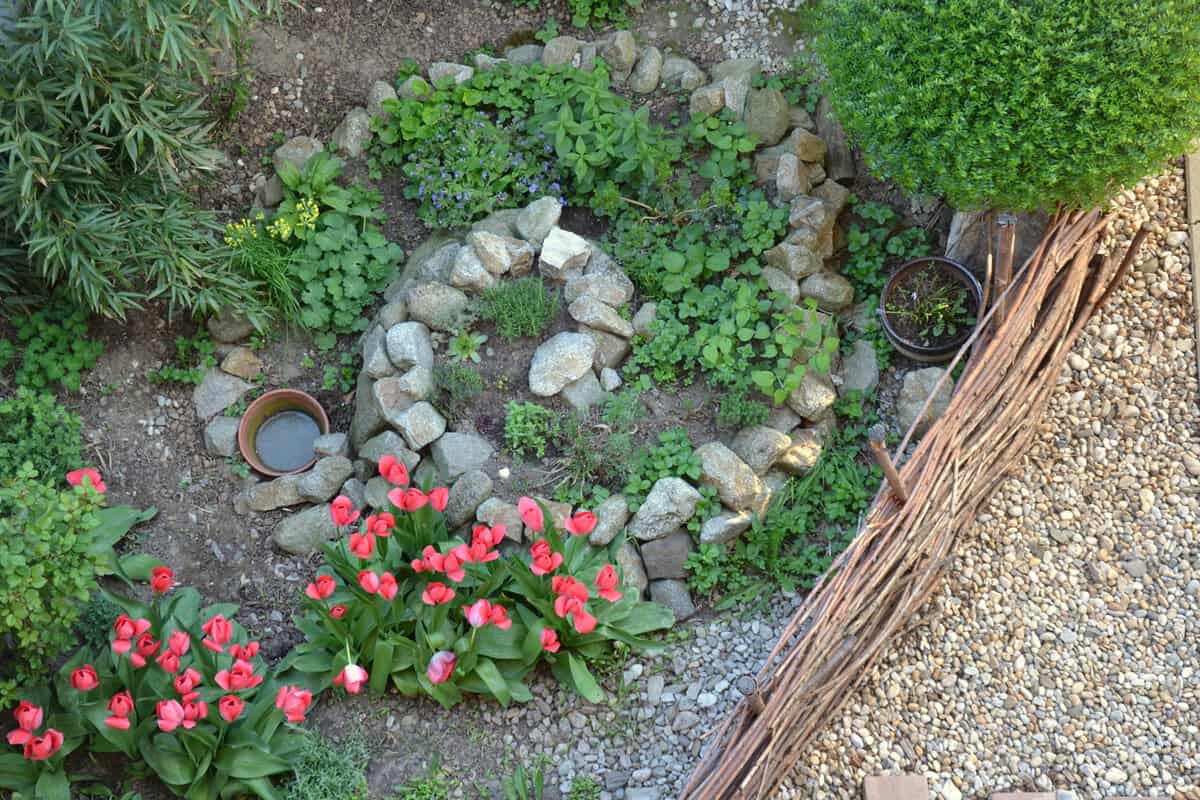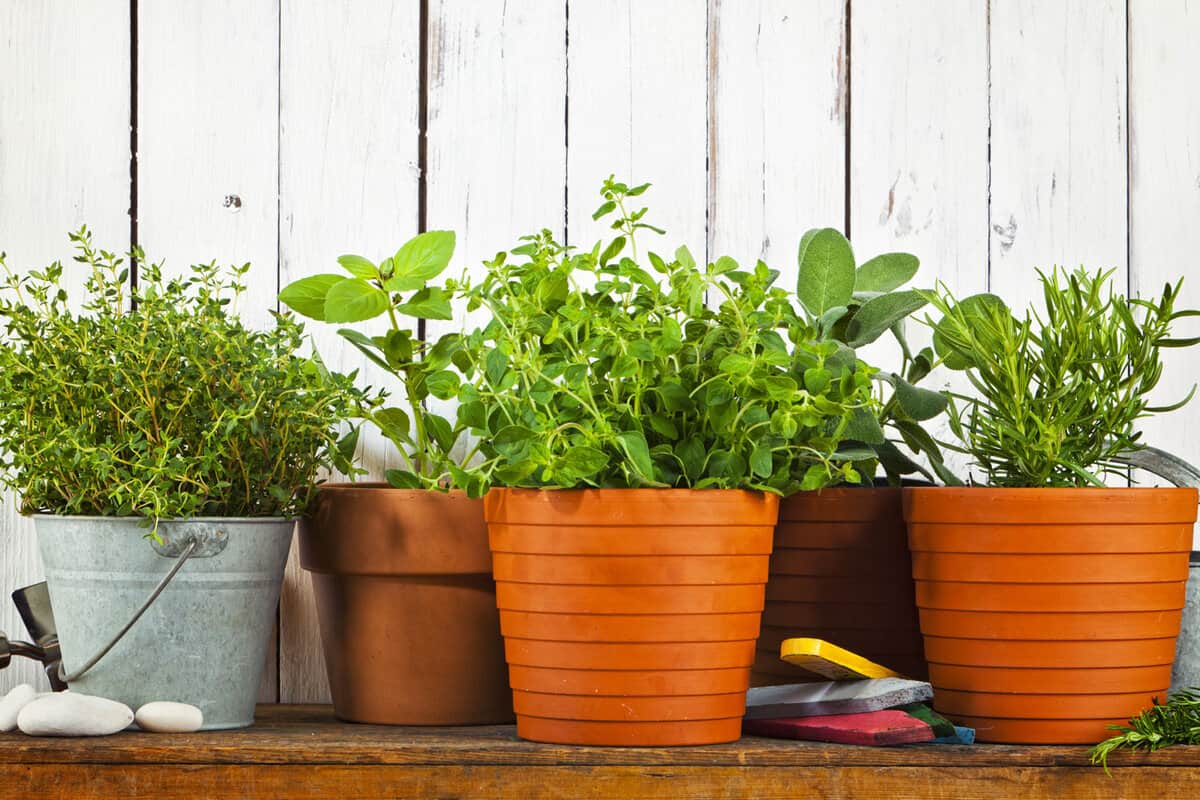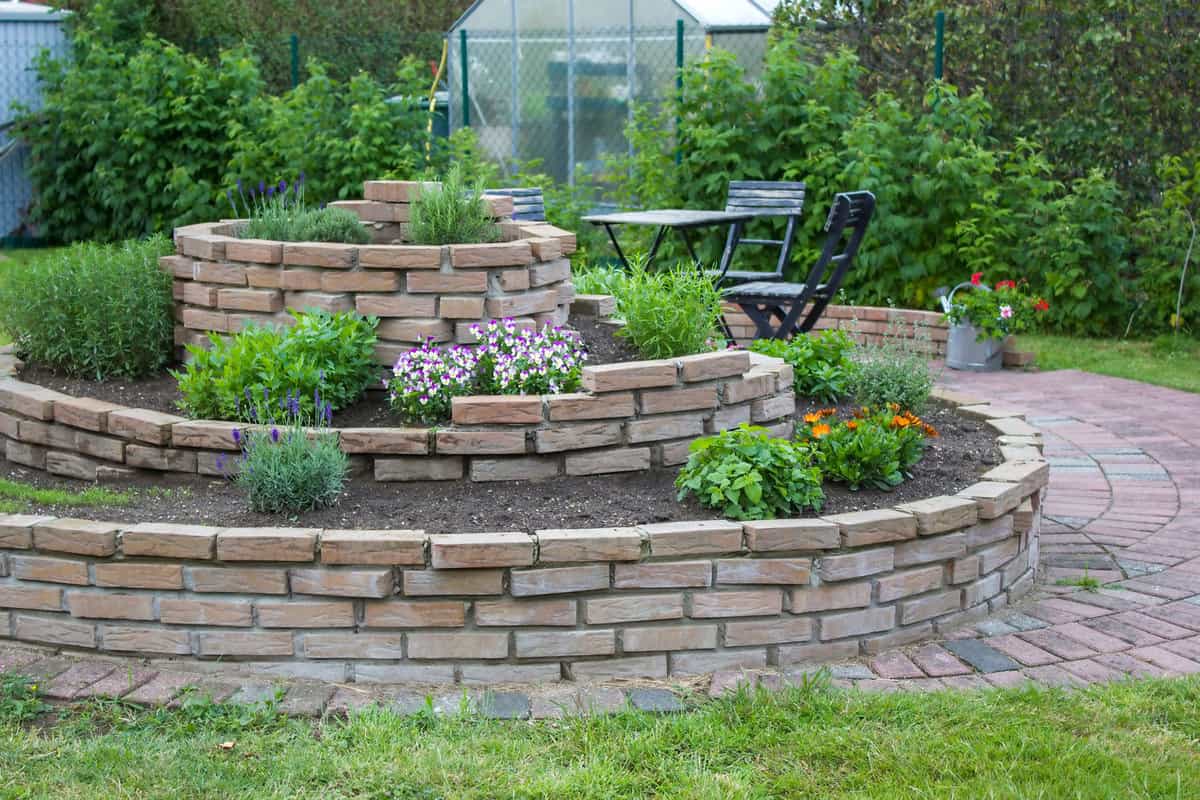Herb spirals are a permaculture garden design that use a spiral structure to create a variety of microclimates and maximize the growing space in a small area. In this article, we will guide you through creating your own herb spiral garden.
We will explore the concept, planning, construction, herb selection, maintenance, and troubleshooting of herb spiral gardens.
What is an Herb Spiral Garden?
An herb spiral garden is a planting system for growing herbs.
The design is typically a spiral shape, increasing the growing space and allowing various herbs to be grown in a small area.

The spiral shape also helps create different microclimates within the garden, providing optimal growing conditions for various herbs.
This innovative and space-efficient gardening technique has gained popularity.
Herb spiral garden concept is one of the most popular methods of herb gardening these days.
In a herb spiral garden, the herbs are planted in a spiral shape that allows for vertical planting, increasing the planting space without occupying plenty of ground surface.
This kind of garden is great for people with limited space because it takes up very little area.
Also, herb spiral gardens look great and can be a beautiful addition to any yard.
They can be built from a variety of materials like bricks, rocks, or even recycled materials.
With so many benefits, it's no wonder why the herb spiral garden concept is slowly becoming one of the world's most popular herb gardening techniques.
Planning Your Herb Spiral Garden
Successful planning is key to a thriving herb spiral garden. Start by selecting a suitable location with ample sunlight and good drainage.
Consider the size and scale of your garden, the available space, and the number of herbs you wish to grow.

Assess the soil conditions and make necessary amendments to ensure optimal fertility.
Additionally, plan the pathway and consider incorporating functional elements like water retention features and seating areas to enhance the garden's functionality and aesthetics.
Constructing Your Herb Spiral Garden
Once you have planned your herb spiral garden, it is time to begin building—an exciting and creative process.
Begin by gathering the necessary materials, such as bricks, stones, or wooden logs.
Mark the center of the spiral and start layering the materials, gradually spiraling upward.

Ensure each layer is stable and level, and create pockets within the spiral for planting herbs.
Consider incorporating a water source, such as a small pond or a water-harvesting system, to provide moisture for the garden.
Proper drainage is crucial, so add a gravel or coarse sand layer at the bottom of the spiral.
Once constructed, your herb spiral garden will become a visually striking focal point in your outdoor space.
Herb Selection for Different USDA Hardiness Planting Zones
Choosing the right herbs for your herb spiral garden is essential for success.
Consider the USDA Hardiness Planting Zone you are in, as it determines the plants' ability to withstand the local climate.

Consider hardy herbs like rosemary, thyme, and sage for colder zones.
You can experiment with various herbs in milder zones, including basil, parsley, and cilantro.
Select herbs with different heights and growth habits to maximize space utilization.
Also, consider companion planting, where herbs that benefit each other are planted together.
For instance, planting basil near tomatoes can enhance the flavor and growth of both plants.
Read more about tomato care here: Watch This Simple Gardening Hack That Will Save Your Tomatoes From Pests
Maintaining and Harvesting from Your Herb Spiral Garden
Proper maintenance is crucial for the health and productivity of your herb spiral garden.
Water the herbs regularly, ensuring the soil is moist but not soggy.

Mulching can help retain moisture and suppress weed growth. Monitor for pests and diseases, and address them promptly using organic pest control methods.
Prune your herbs regularly to promote bushier growth and prevent overcrowding.
Harvest herbs to enjoy the freshest flavors when they have reached the appropriate growth stage, typically before flowering.
Remember to leave a portion of the plant intact for continuous growth.
Troubleshooting Common Issues in Herb Spiral Gardens
While herb spiral gardens are generally low-maintenance, they can face common issues.
Watch out for pest infestations like aphids or slugs, and address them with organic pest control methods like handpicking or insecticidal soap.

Nutrient deficiencies may occur, so regularly monitor the soil and provide organic fertilizers as needed.
Overwatering can lead to root rot, so ensure proper drainage and water your herbs moderately.
If you notice signs of plant diseases, promptly remove affected parts and consider using organic treatments. Regular monitoring and swift action will help maintain a healthy herb spiral garden.
Spiral into more reading here:
18 Herbs That Like Full Sun For Your Kitchen Windowsill
Think Outside the Vase: 15 Inventive Ways to Use Fresh-Cut Flowers from Your Garden
From Seed to Sprout: Tips and Tricks for Growing Creeping Thyme
Time to Plant!
You now have all the knowledge and inspiration you need to create your very own herb spiral garden—a compact, visually striking garden design that allows you to grow a variety of herbs and plants in a relatively small space.
This garden design will enhance your backyard, patio, or balcony and provide fresh herbs and produce you've grown—perfect for enhancing your culinary creations.
So, what are you waiting for? Grab some soil, select your favorite herbs, and get ready to plant your own herb spiral garden today.
